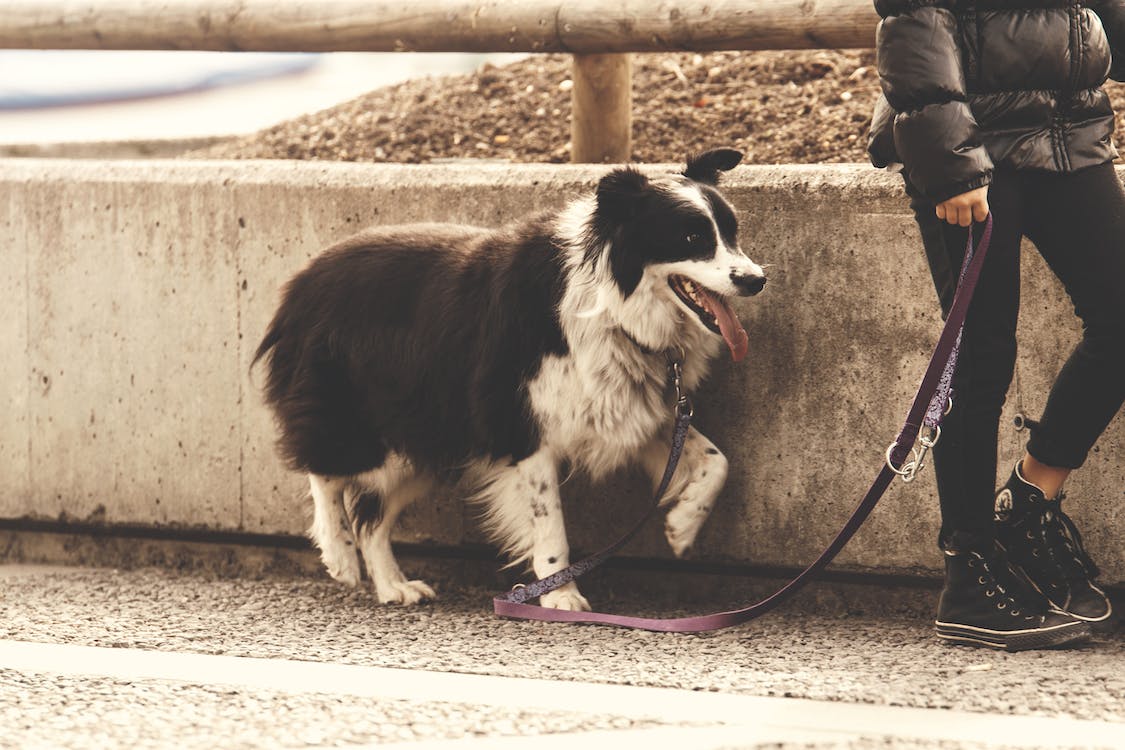You notice your dog taking an unusual sideways gait or crab-walking. A canine walking sideways signifies potentially serious underlying health issues. Determining the cause is key to getting treatment and restoring normal mobility.
Neurological Causes
Damage or disruption to the nervous system commonly leads to sideways walking in dogs:
- Intervertebral disc disease – Herniated discs put pressure on the spinal cord causing partial paralysis and sideways limb motions. Smaller dogs are prone.
- Trauma – Injuries like hit by car accidents traumatize the spine and central nervous system often producing sideways gaits.
- Stroke – Bleeding or clots in the brain lead to loss of control over limb movements and coordination.
- Vestibular disease – Inflammation of the inner ear causes dizziness, imbalance and skew walking. Usually temporary.
- Tick paralysis – Toxins from tick bites paralyze nerves creating uncoordinated motions.

Arthritic/Orthopedic Causes
Joint abnormalities also contribute to unusual side-stepping gaits:
- Hip dysplasia – Malformed hip joints lead to limping and sideways movement to avoid pain.
- Knee issues – Ruptured cranial cruciate ligaments cause instability forcing sideways steps.
- Elbow dysplasia – Lax elbow ligaments produce pain and abnormal movement.
Other Causes
Rarer causes of side-stepping in dogs include:
- Spinal abscesses or cysts – Compress the spinal cord.
- Myasthenia gravis – Autoimmune disorder affects muscular control.
- Degenerative myelopathy – Spinal cord nerve degeneration seen in older large breeds.
- Toxin exposure – Pesticides, lead, or poisonous plants damage nerves.

What to Do if Your Dog is Walking Sideways
Seek prompt veterinary assessment if your dog exhibits a sideways gait to determine underlying cause and initiate treatment. Key steps will include:
- Physical exam assessing pain, proprioception, reflexes and limb function
- Neurologic testing like proprioceptive positioning and wheelbarrow tests
- X-rays and diagnostic imaging of spine and joints
- Bloodwork to check for infections, tick diseases, toxicity, diabetes, etc.
- Surgical options if required for spinal disk or cruciate ligament injuries
- Medications to reduce neuroinflammation or pain
With proper diagnosis and directed treatment, dogs often recovery well and regain normal mobility. Quick action improves the prognosis and prevents secondary complications. If your dog starts crab-walking or walking sideways, schedule a veterinary evaluation right away. Targeted therapy gets them back on their paws taking straight steps.



